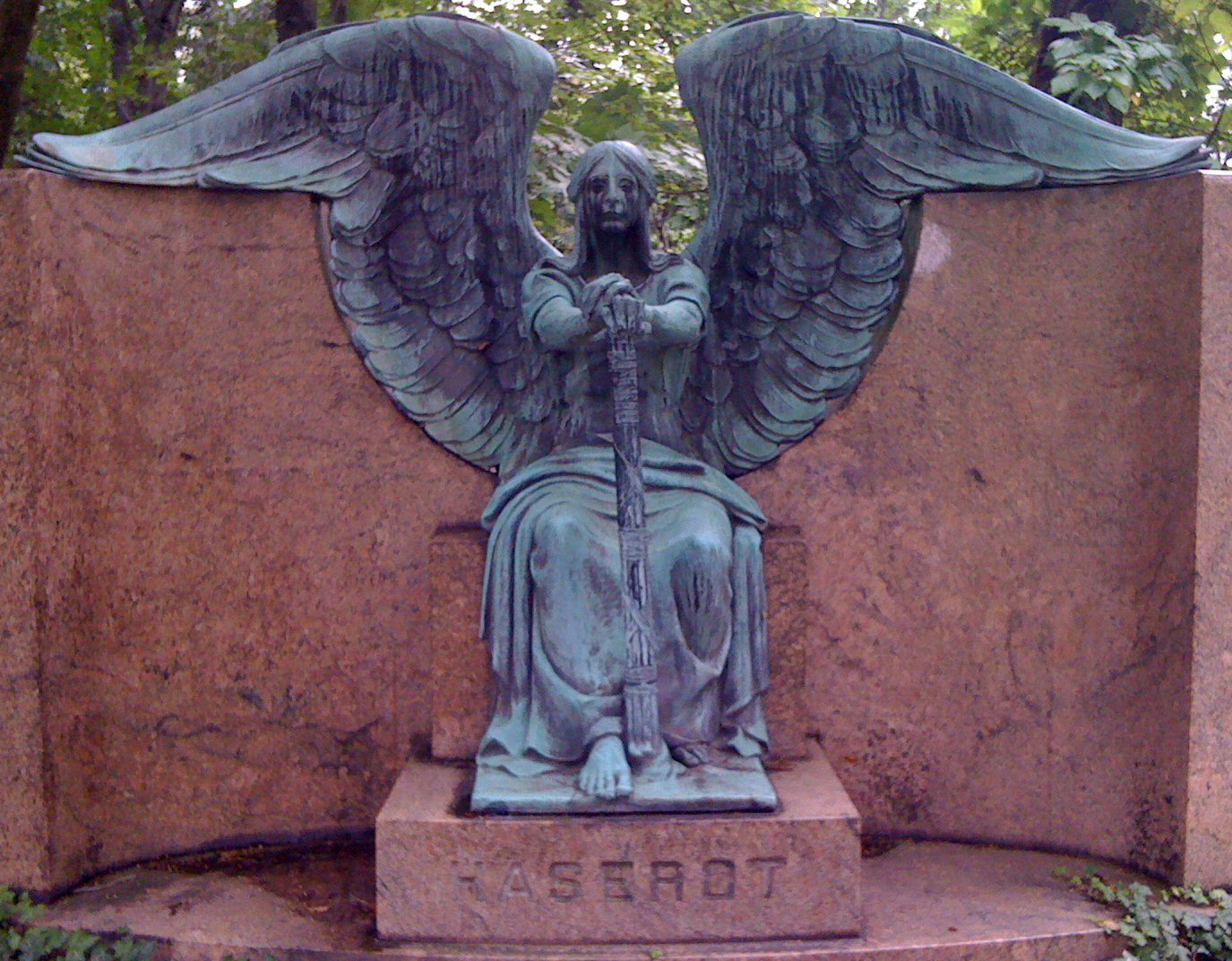Mapping the Novel: What Is A Scene?
 Hey, guys! The Clarion Blog-A-Thon starts today – and with it, my attempt to outline my novel live, in a members-only community, as an advanced seminar in plotting, theme, and character! A $10 donation and an email to theferrett@theferrett.com with your LJ name will get you access – and also help one of the greatest writing workshops in history.
Hey, guys! The Clarion Blog-A-Thon starts today – and with it, my attempt to outline my novel live, in a members-only community, as an advanced seminar in plotting, theme, and character! A $10 donation and an email to theferrett@theferrett.com with your LJ name will get you access – and also help one of the greatest writing workshops in history.
How good is Clarion? In twenty pre-Clarion years, I had three sales. In three post-Clarion years, I had twenty sales. That’s how much you learn. And the Clarion Echo, where I’m doing all of this plotting, is designed to be a little taste of Clarion. I’m certainly teaching you everything I learned. So I’ll ask you to donate, both for a good cause and some entertaining tutorials.
So what am I writing today? It’s an essay on what benchmarks make for a good scene, and it starts like this:
To plot this novel during the Blog-a-Thon, I’m going to have to break everything down into scenes. That’s tricky for me, because I’m an exploratory writer — I usually don’t know what’s going to happen until the words hit the page.
Now, in a lot of cases, I get to a point where I don’t know what’s going to happen next. That’s when my writing theory skills come in handy.
See, all that writing advice you’ve ever gotten? You never need it when a story is working. You only need to reach into that bag of tricks when a scene’s falling flat, or an ending is nowhere in sight, or when that character is relentlessly limp.
Now, for me, when I hit that terrifying blank page, I fall on my old standbys for What To Do When You Don’t Know What Happens Next. Neil Gaiman told me that every story is really about what a character needs — and so I think, “What life lesson could this character use most in this moment, and how can I teach it to her?” James Patrick Kelly taught me that if I couldn’t figure out what happened next, come up with ten terrible endings and think about why they’re terrible… And lo, elucidating the reasons I hate this awful, cheesy, and obvious ending makes me realize what I want to have happen. And I have my own custom advice, which is, “If you were the GM in a game, how would you plot this?”
All utterly unneeded when things are going well. But when instinct fails, theory’s what gets you back on track.
So for me, in unfamiliar territory, I thought about what would make a good scene for this novel, so I’d have a clear-cut set of tests to apply during plotting. I read probably four or five books dealing with novel-writing and outlining, to try to devise a set of “acid tests” to see if something was up to snuff. Which is important in novels; a short story is usually about one or two ideas, and if your writing is compelling or your ideas dazzling, you can kind of tapdance around that rotten hole in the stage. But for novels, you need to have an underlying structure that works… and without actually writing the scene, something I’ve always done before, I need something else as a sanity check for this novel.
Note those words: for this novel. I’m writing what hopefully will be a very cinematic, simple script — other novels may have different scene requirements. For example, some novels may need breather scenes where the character sits back and thinks. That’s not the effect I’m going for here, so I’m going to try not to have those.
So what will my sanity checks for this novel, as we plot it out together, you and I? I made a list. And that list contains both generically good scene advice, and advice specific for this novel….
The rest of the entry can be found here, but you can only read it if you donate. It’s $10. That’s not a huge amount, it will get you entry to fabulous prizes from twelve amazing authors, and I’ll consider it a personal favor. So why not donate?

